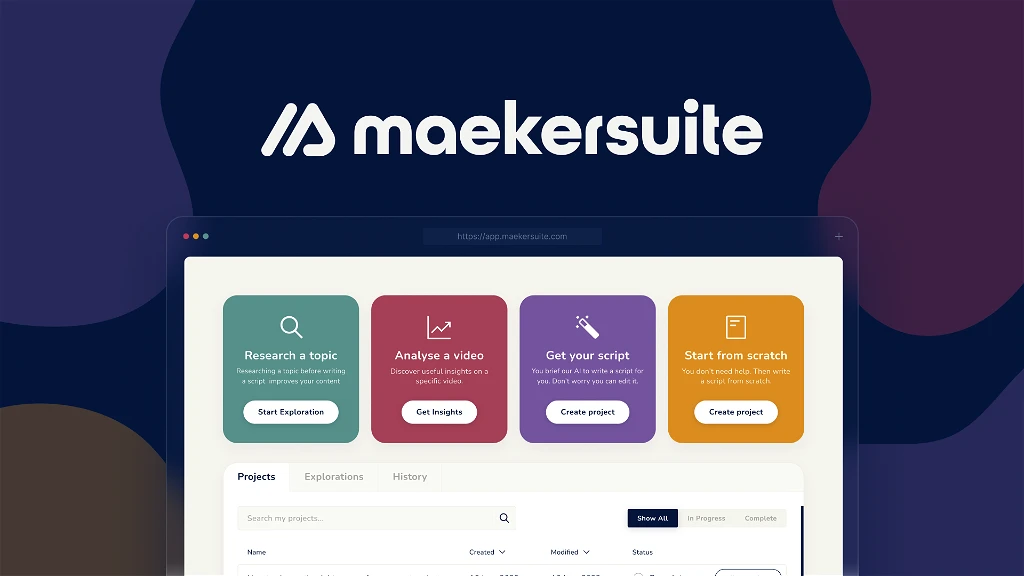Are you looking to add a touch of cinema-style entertainment to your home? Mini projectors are becoming increasingly popular for their portability and convenience. They offer the same viewing experience as a traditional projector, but with more features and flexibility. From pocket-sized models to micro projectors, there is something for everyone. So are mini projectors worth buying?
The right mini projector is worth buying as it will provide a portable cinema experience you can enjoy wherever you travel. They’re also compact and easy to store away when not in use, and good ones usually have better speakers than standard projectors.
They are very attractive in terms of portability and convenience, and although they can’t quite replace a high end in-home projector, they are still a viable option for those who want an occasional film experience at home or when on the go.
With the advancements in technology, mini projectors are likely to become even more competitive with their larger counterparts in the future.
What is a mini projector?
Mini projectors come in a variety of shapes and sizes, with them falling into one of two categories: a can shape, like the Anker Nebula Capsule, or small rectangle like the Sentrym L1.
They are designed to be portable and easy to use, making them ideal for presentations or movie watching on the go.
As they’re designed to be used outside the home they generally come with built-in speakers and a good device will also have streaming services such as Chromecast, Netflix, Amazon, etc, and WiFi built in.
The should also have an optional input (HDMI) allowing you to connect other devices such as an AmazonFire Stick, Apple TV or Android box. They may also allow you to stream content directly from your mobile device. Most mini projectors also include remote controls so you can control the projector from anywhere in the room.
What are the benefits of a mini projector?
These portable projectors are the perfect solution for anyone looking for an easy to watch movies, play video games, or make presentations.
1. Large Screen Viewing Experience
You might be surprised to learn that a small projector doesn’t automatically mean you’re stuck with a small projection image. They’re just as capable of creating a 100 inch screen on your wall, but smaller units tend to have a weaker image the bigger you make it, so be sure to use them in a dark room.
2. Portable and Compact Design
The obvious benefit is the portable and compact designs. Due to their small size, they are highly portable and can fit into pockets or bags, making them an ideal choice for business or holiday travelers who need a projector that can go anywhere.
Many mini projectors feature built-in sound and storage systems, so they can be used to play music or store photos and videos. A built-in battery gives you flexibility when finding the perfect position, but that will set a time limit on how long you can use it.
3. Variety of Input Options
Despite the small size you’ll usually find at least a HDMI input avaialble, allowing you to connect additional devices such as laptops, if required.
4. Convenience of Wireless Streaming
With built in Wi-Fi and streaming services all you need to do is connect your device to the local network and your entertainment station is up and running in no time.
This makes them a must have for any travelling you do, no need to get stuck with the tiny telly provided in most accommodation! Instead you can find a blank wall, sit back, relax and enjoy the latest TV show or film on your streaming service of choice.
What to consider when buying a mini projector
Ready to take the plunge? Be sure to consider the following.
1. Size and weight
If you’re looking at a compact option the size and weight are likley one of the key issues. Smaller might be best for portability, but it likely means you’ll be sacrificing either picture quality, sound quality or both.
I’d prefer a slightly larger option, like the Anker Nebula Capule, which isn’t the smallest option but does manage to pack in a brilliant sounding speaker, decent picture quality and streaming services.
2. Brightness and lumens
Projection devices are typically evaluated in lumens or ANSI lumens; mini projectors generally have a brightness of 600 lumens whereas home theater projectors usually measure up to 1,500 lumens.
LED lamps used in portable projectors produce less brightness than traditional projector lamps, but they are longer lasting.
It is suggested to purchase a model that provides at minimum 300 ANSI lumens of brightness.
3. Resolution and screen size
While you can usually get 100 inch projection, you may find you get a better result with a smaller screen. Pico projectors usually offer a lower resoltion (e.g. 854×480 pixels), allowing you to project an image size between 24 and 48 inches.
If you want a higher resolution, you should look for a projector with a 720p (1280×720 pixels) or 1080p (1920×1080 pixels) resolution.
4. Wireless connectivity
I’d say this is a must for something you’ll travel with, Wi-Fi gives you the ability to stream content from services such as Netflix, and also from your other device.
Be aware that some pocket projector do not have Wi-Fi capability and instead offer USB and HDMI connectivity for plug-and-play functionality.
5. Inputs and outputs
Mini projectors typically have fewer inputs and outputs than their larger counterparts, they lack the physical space to fir them in.
The most common inputs you’ll find are HDMI and USB, while the outputs are usually limited to audio output.
Built-in speakers should mean you don’t need to hook up anything extra, but keep in mind that very small units will have a very tinny sound to them, so headphones are a good option if you’re travelling.
The best mini projector available
For our money, the Anker Nebula Capsule Max Mini projector offers the best portable option. It has excellent image quality, a really good internal speaker, and while it can be plugged in to a power source it will also operate on battery long enough to watch a film.
Final Thought
In conclusion, mini projectors are a great option for those who want to enjoy entertainment at home or on the go.
They offer decent quality image and sound, wireless streaming options, and portability.
When shopping for a mini projector be sure to consider factors such as size, brightness, resolution, input/outputs, and wireless connectivity. The Anker Nebula Capsule Max Mini Projector is a great choice for those looking for an all-in-one solution that provides excellent image and sound quality.
FAQ
What is the difference between a portable projector and a home projector?
The main difference between a portable projector and a home projector is the size and features. Portable projectors are designed to be small, lightweight, and easy to move around, making them ideal for outdoor movie nights and situations where you don’t want or can’t have a larger projector.
Home projectors are designed for maximum quality at a large size and may include bigger bulbs or LED assemblies, louder fans, and more connection options.
Portable projectors are also designed to run on battery power, making them more versatile but with a limited running time.
Additionally, mini projectors usually have fewer connection options than their wired counterparts and are often limited to wireless technologies such as Google Cast and AirPlay.
How does the brightness of a mini projector compare to a regular projector?
The brightness of a mini projector is typically lower than a regular projector, as mini projectors typically use LED lamps which can measure up to 600 lumens, while home theater projectors hover around the 1,500 lumen range.
LED lamps do not offer the same level of brightness compared to traditional projector lamps but have a much greater lifespan. Mini projector models with 200-300 ANSI lumens of brightness are capable of providing optimal performance.
If the projector is to be used outdoors, it is better to get a model that has at least 500 ANSI lumens of brightness.
Additionally, the brightness of a mini projector is often reduced while running on battery power to help increase the battery life of the projector.
While a mini projector may be dimmer than a regular projector, it often provides more portability and convenience, making it a great choice for on-the-go uses or for use in smaller areas.
How does the audio quality of a mini projector compare to a regular projector?
The audio quality of a mini projector is slightly different than a regular projector. Mini projectors usually have built-in speakers, while regular projectors require an external sound system.
Mini projectors offer a more portable option as they often run on battery power and are designed with portability in mind. They are also designed to be quickly set up, meaning they may have fewer connection options than wired models.
When it comes to sound quality, a low cost, or ultra small projector, may not be as powerful or produce as loud of an audio as a regular projector. It is usually lower in volume and lacks the clarity of a larger projector.
However, some manufacturers (such as Anker) have recognised that audio is even more important in something you travel with and have made sure you have good audio quality, offering more than enough power to fill with sound.
Are there any drawbacks to buying a mini projector?
The main disadvantages of using a mini projector are its dimmer images, smaller images, decreased contrast, reduced visibility, fewer inputs, and fewer image control settings.
Despite this, they often pack in better speakers and a travel-friendly interface that doesn’t require an external streaming device to be plugged in.





